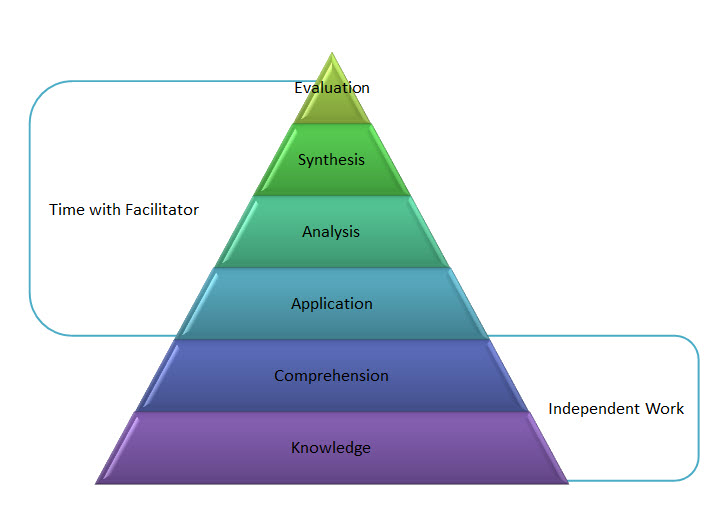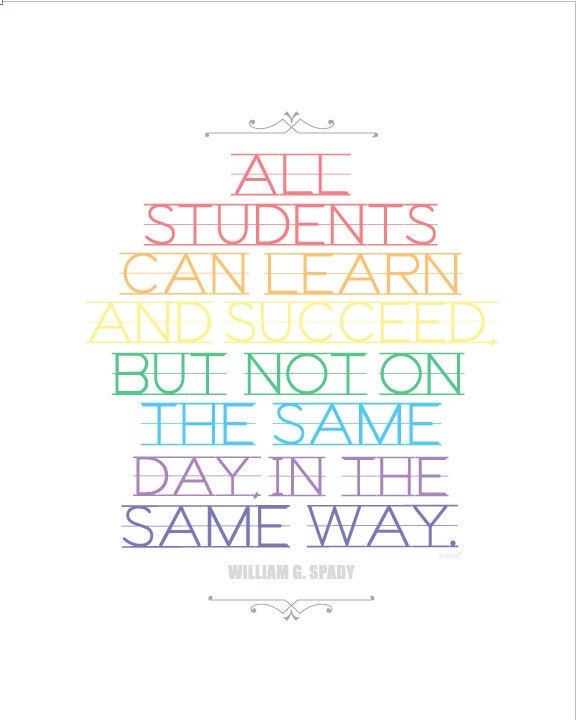What is e-Learning?
Fundamentally e-Learning is the use of information communication
technologies (ICTs) to engage, extend and enhance learning. For effective e-Learning: teaching and learning must
be enhanced through instructional design which is pedagogically sound, flexible
and innovative. (Learning Theory, 2013) . E-Learning is increasingly
important for 21st century learners, for whom ICTs are becoming integral
to social interaction and every-day life. The learners of today are digital
natives and are likely to more effectively achieve learning outcomes when ICTs
are used to engage, extend and enhance their learning experiences. This
synopsis will address the core ideas of: legal, safe and ethical online
practices; learning theory and; effective digital pedagogy.
Legal, ethical and safe online practices.
Learning theory.
The four “base” learning theories are Behaviourism,
Cognitivism, Constructivism and Connectivism. Behaviourist principles state that learning is
achieved primarily through practice and positive reinforcement (you may be
familiar with Pavlov’s dogs, this is an example of early behaviourist
principles being developed). Low level content knowledge is learned well by
this approach but higher order thinking is not particularly well developed, in
the next section on pedagogy I will demonstrate my incorporation of
behaviourism principles into the planned teaching of low level mathematical concepts.
Cognitivism is the view of learning as a mental process. This is my personal
favourite topic of learning. I relish in the new information coming out of
brain sciences especially the info I previously blogged about here.
Constructivism (you may know of the well renowned constructivist Vygotsky and his zone of proximal development) works
on two principles 1. Learning is social and 2. Learning is scaffolded by more
knowledgeable others. Connectivism is the “theory for the digital age” proposed
by George Siemens, it deals with the concept of networked learning and states
that the ability to learn is more important that the knowledge itself. For further
reading on Constructivism and Connectivism see my de Bono’s Hats blog.
Effective digital pedagogy.
In
developing pedagogies for e-Learning it is important to be aware of the
aforementioned engage, extend, and enhance aspects.
As stated in the SAMR model (which is explained in simple terms here)
it is not an effective digital pedagogy to substitute or augment a learning
task with the use of technology. For most effective learning with ICTs, the
task needs to be completely redefined or at a minimum- significantly modified
from what would be possible without the technology.
For my teaching of Mathematics I incorporate the technologies of Khan Academy which enable five pedagogical approaches: 1. Facilitating deep knowledge through higher order thinking. The “flipped classroom” supports Bloom’s Taxonomy by allowing for the rote learning of basic concepts to occur at home (incorporating behaviourist principles including the awarding of merit badges for “desired behaviours”). The higher order thinking skills are then developed in the classroom with meaningful teacher guidance. Learning managers have access to a variety of statistics including how students spend their time and whether students are struggling, proficient at or mastering topics. 2. The facilitation of collaborative learning. Students engage in an online environment with access to students and scholars from around the world for conversation and posing questions. 3. Supporting students in knowing how they best learn. Students have access to visual and audio content which can be watched/listened to at their own pace. 4. Supports learning that is owned, controlled and managed by students themselves. While learning managers can scaffold learning paths and goals for students- the students can also choose to follow their own interests, achieving merit badges and “leveling up” along the way. 5. is supportive of the development of strong group identity. Students can be grouped into classes of any size and each student contributes to the achievement of the class as a whole.
I have posted about my use of Google Earth/Maps here.
Conclusion.
E-Learning is an important aspect of teaching and learning in the 21st century with the potential for positive achievement of learning outcomes. Legal, ethical and safe practices need to be followed by learning managers and students alike in order to minimise the risk associated with online activities. Effective digital pedagogies need to be grounded in learning theories and informed by the various frameworks and taxonomies in order to achieve the learning outcomes.Implications for my future practice.
I will be incorporating e-Learning into my teaching practices with great care and planning. The SAMR model will inform the tasks I set in that I will be very cautious of substitution and augmentation, instead I will actively plan for modification and redefinition of tasks. I expect that I will have students using technologies of which I am unaware and (within a setting of legal, ethical and safe practices) I will encourage my students' exploration of new technologies to achieve their learning outcomes.
Lessons learned/Significance of my exploration and ideas.
I have realised that the various technologies have great potential, provided I am competent in their use. E-Learning requires a great deal of research and practice on the learning manager's part, especially considering the rate at which new technologies are developed. I have learned a great deal of new skills in my exploration of various technologies.







